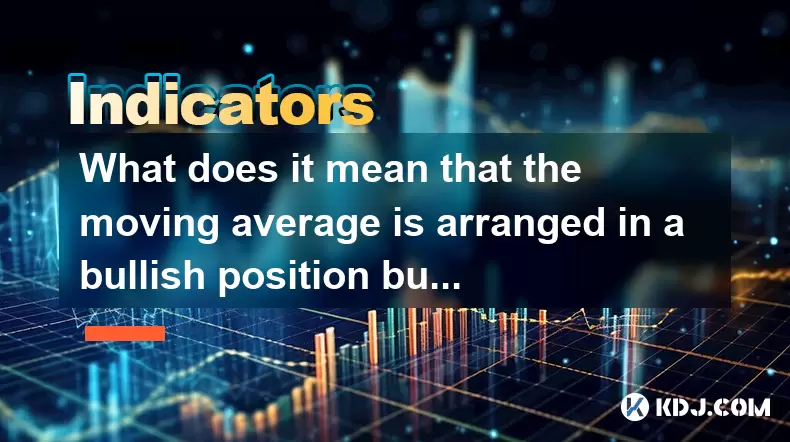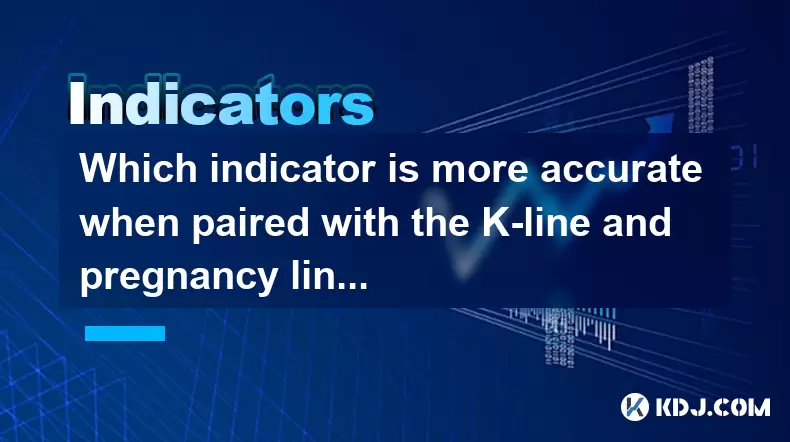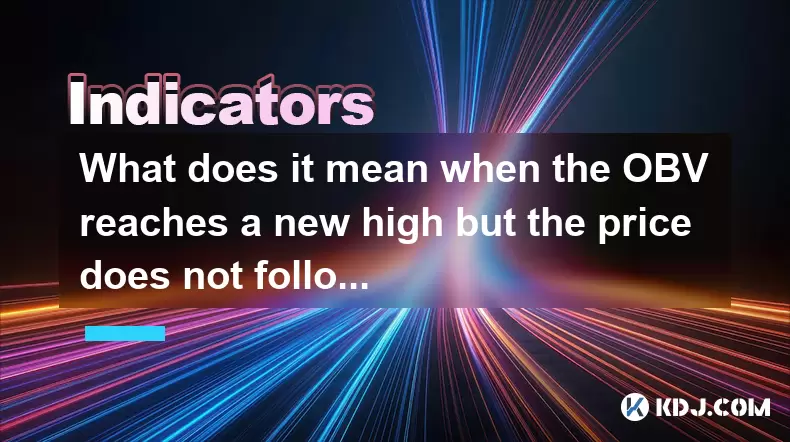-
 Bitcoin
Bitcoin $119300
1.07% -
 Ethereum
Ethereum $3730
3.87% -
 XRP
XRP $3.235
0.29% -
 Tether USDt
Tether USDt $1.000
0.00% -
 BNB
BNB $783.5
1.88% -
 Solana
Solana $188.7
0.25% -
 USDC
USDC $0.0000
-0.01% -
 Dogecoin
Dogecoin $0.2399
-0.44% -
 TRON
TRON $0.3157
2.37% -
 Cardano
Cardano $0.8254
1.94% -
 Hyperliquid
Hyperliquid $42.83
0.14% -
 Stellar
Stellar $0.4372
3.21% -
 Sui
Sui $3.859
4.91% -
 Chainlink
Chainlink $18.53
3.53% -
 Hedera
Hedera $0.2464
0.01% -
 Bitcoin Cash
Bitcoin Cash $519.8
2.46% -
 Avalanche
Avalanche $24.24
2.17% -
 Litecoin
Litecoin $113.7
0.73% -
 UNUS SED LEO
UNUS SED LEO $8.990
0.30% -
 Shiba Inu
Shiba Inu $0.00001390
0.21% -
 Toncoin
Toncoin $3.188
1.49% -
 Ethena USDe
Ethena USDe $1.001
0.02% -
 Polkadot
Polkadot $4.090
-0.91% -
 Uniswap
Uniswap $10.40
4.08% -
 Monero
Monero $326.6
3.12% -
 Bitget Token
Bitget Token $4.627
-0.42% -
 Pepe
Pepe $0.00001281
0.76% -
 Dai
Dai $1.000
0.01% -
 Aave
Aave $291.6
0.98% -
 Cronos
Cronos $0.1269
7.26%
What does it mean that the moving average is arranged in a bullish position but the volume is reduced?
A bullish moving average setup with declining volume signals weak momentum, raising caution despite favorable technical alignment.
Jul 24, 2025 at 12:43 am

Understanding the Bullish Moving Average Configuration
When traders refer to a bullish moving average arrangement, they are typically describing a scenario where shorter-term moving averages are positioned above longer-term moving averages on a price chart. This formation is commonly known as a "golden cross" when it involves the 50-day moving average crossing above the 200-day moving average. In a broader sense, any alignment where the 10-day is above the 20-day, which is above the 50-day, and so on, signals a bullish hierarchy. This stacking suggests that recent price momentum is stronger than past momentum, indicating potential upward price continuation.
The significance of this arrangement lies in its reflection of market sentiment and trend strength. When moving averages stack in ascending order from shortest to longest period, it reflects consistent buying pressure over time. Traders interpret this as a sign that the uptrend is intact and that pullbacks may be met with renewed buying interest. However, the reliability of this signal depends on confluence with other technical indicators, especially volume.
Interpreting Reduced Trading Volume in Context
Volume is a critical component in validating price movements and trend sustainability. In technical analysis, rising prices accompanied by increasing volume are seen as a strong confirmation of buyer conviction. Conversely, when volume decreases during a bullish moving average setup, it introduces uncertainty. Reduced volume suggests that fewer market participants are actively participating in the upward price movement, which could imply weakening momentum despite the favorable moving average alignment.
A decline in volume during an uptrend may indicate that the rally is being driven by a narrow group of participants or even algorithmic trading systems rather than broad market enthusiasm. This creates a scenario where the price may be advancing without strong foundational support. In the cryptocurrency market, where volatility is high and liquidity can vary significantly across exchanges, low-volume rallies are particularly concerning because they are more susceptible to sharp reversals.
Why the Divergence Between Moving Averages and Volume Matters
The divergence between a bullish moving average structure and diminished volume is a classic example of technical conflict. While the moving averages suggest strength, the lack of volume fails to confirm it. This discrepancy can be interpreted as a warning sign that the current trend may lack the necessary fuel to continue. In crypto trading, where sentiment shifts rapidly, such divergences are closely monitored.
For instance, if Bitcoin’s price rises over several days and the 20-day moving average moves above the 50-day, forming a bullish pattern, but the daily trading volume on major exchanges like Binance or Coinbase shows a steady decline, it suggests that the rally is not attracting new buyers. This could mean the move is being driven by short covering or minor speculative buying rather than institutional or retail accumulation.
Traders often respond to this divergence by tightening stop-loss orders or reducing position sizes. They may also look for additional confirmation signals, such as a return of volume or bullish candlestick patterns like bullish engulfing or hammer formations, before committing further capital.
How to Analyze This Setup on a Crypto Chart
To assess this scenario effectively, follow these steps using a charting platform like TradingView or CoinGecko:
- Open the price chart of the cryptocurrency in question (e.g., Ethereum, Solana).
- Apply the 20-day, 50-day, and 200-day simple moving averages (SMA) to the chart.
- Confirm that the 20-day SMA is above the 50-day SMA, and the 50-day SMA is above the 200-day SMA, indicating a bullish stack.
- Switch to the volume indicator below the price chart and observe the volume bars over the same period.
- Look for a downward trend in volume despite the rising price and bullish moving average alignment.
- Compare volume levels to the 30-day average volume to determine if current volume is indeed below normal.
If the volume is consistently below the average while prices rise, this reinforces the idea of a weak rally. Some traders also overlay the On-Balance Volume (OBV) indicator to see if the cumulative volume line is confirming the price move. If OBV is flat or declining, it further supports the notion of lackluster buying pressure.
Potential Scenarios Following This Signal
One possible outcome is a pullback or consolidation phase. The market may pause to attract new buyers, allowing volume to rebuild before resuming the uptrend. During this phase, the moving averages may remain in bullish order, acting as dynamic support levels.
Another scenario is a false breakout, where the price briefly moves higher on low volume but quickly reverses once selling pressure returns. This is common in altcoin markets, where pump-and-dump schemes often exhibit strong price moves with minimal volume support.
A third possibility is a sideways drift, where price moves in a narrow range while volume remains low. This can last for days or weeks until a catalyst—such as a protocol upgrade or macroeconomic news—triggers renewed interest and volume expansion.
In all cases, the key is to monitor for a volume resurgence that aligns with price action. A surge in volume on an up day, especially after a pullback, can confirm that fresh capital is entering the market, potentially validating the bullish moving average structure.
Strategic Responses for Crypto Traders
Traders can adopt several approaches when facing this mixed signal:
- Wait for volume confirmation before entering new long positions. Avoid chasing price increases on low volume.
- Use partial position entries, allocating only a fraction of intended capital until volume supports the trend.
- Set tighter stop-loss levels below recent swing lows to protect against sudden reversals.
- Monitor on-chain metrics such as exchange netflow or wallet activity to assess whether real demand is building.
- Watch for news or developments related to the asset that could explain the volume drop—such as low market sentiment or regulatory uncertainty.
These strategies help manage risk when technical signals conflict, which is common in the fast-moving crypto space.
Frequently Asked Questions
Can a bullish moving average pattern still be valid if volume is low?
Yes, it can remain technically valid, but its reliability diminishes. A bullish moving average arrangement reflects past price behavior, while volume reflects current market participation. Low volume means the trend lacks strong confirmation, making it vulnerable to reversal. The pattern isn’t invalidated, but caution is warranted.
What timeframes are most reliable for observing this divergence?
The daily and weekly charts provide the most reliable context. On shorter timeframes like 1-hour or 4-hour charts, volume fluctuations are more common and less meaningful. Daily data smooths out noise and offers a clearer picture of whether volume is genuinely declining during a bullish phase.
How can I distinguish between normal low volume and concerning low volume?
Compare current volume to the asset’s 20-day or 30-day average volume. If current volume is more than 20% below average during a price rise, it becomes a concern. Also, check if volume is declining across multiple sessions rather than just one or two days.
Does this scenario occur more frequently in certain cryptocurrencies?
Yes, it is more common in low-market-cap altcoins and newly launched tokens. These assets often experience price spikes due to speculation or social media hype without corresponding volume support. Major cryptocurrencies like Bitcoin and Ethereum tend to show stronger volume-price correlation due to higher liquidity and institutional involvement.
Disclaimer:info@kdj.com
The information provided is not trading advice. kdj.com does not assume any responsibility for any investments made based on the information provided in this article. Cryptocurrencies are highly volatile and it is highly recommended that you invest with caution after thorough research!
If you believe that the content used on this website infringes your copyright, please contact us immediately (info@kdj.com) and we will delete it promptly.
- WazirX, Revote, and Crypto Unlock: A New York Minute on the Latest Developments
- 2025-07-25 06:50:11
- Satoshi-Era Bitcoin Whale Awakens: $469 Million in BTC on the Move
- 2025-07-25 06:30:11
- Bored Ape Trademark Tussle: Appeals Court Throws a Wrench in Yuga Labs' Victory
- 2025-07-25 06:30:11
- SAHARA Token Under Bearish Pressure: $4.72B Volume Signals Caution
- 2025-07-25 05:30:11
- Dogecoin, Meme Coins, and 2025: What's the Hype?
- 2025-07-25 05:10:11
- Crypto Council Appoints Ji Hun Kim as CEO: A New Chapter?
- 2025-07-25 05:10:11
Related knowledge

Should I go all in when DIF crosses DEA?
Jul 25,2025 at 12:42am
Understanding DIF and DEA in MACD AnalysisWhen traders analyze DIF and DEA in the context of the Moving Average Convergence Divergence (MACD) indicato...

Should I go all in when the upper edge of the box is broken?
Jul 25,2025 at 01:50am
Understanding the 'Box' in Cryptocurrency Price ChartsThe term 'box' in cryptocurrency trading typically refers to a price consolidation range where t...

Should I go all in when the parabolic turning signal appears?
Jul 25,2025 at 06:36am
Understanding the Parabolic Turning Signal in Crypto TradingThe parabolic turning signal is a technical indicator derived from the Parabolic SAR (Stop...

Should I follow up with a full position when the trading volume suddenly increases?
Jul 25,2025 at 12:28am
Understanding Sudden Increases in Trading VolumeA sudden spike in trading volume often signals heightened market activity and can indicate that new in...

Which indicator is more accurate when paired with the K-line and pregnancy line combination?
Jul 25,2025 at 05:43am
Understanding the K-Line and Pregnancy Line CombinationThe K-line, also known as the Japanese candlestick chart, is a foundational tool in technical a...

What does it mean when the OBV reaches a new high but the price does not follow the rise?
Jul 25,2025 at 03:21am
Understanding On-Balance Volume (OBV) and Its Role in Technical AnalysisOn-Balance Volume (OBV) is a momentum indicator that uses volume flow to predi...

Should I go all in when DIF crosses DEA?
Jul 25,2025 at 12:42am
Understanding DIF and DEA in MACD AnalysisWhen traders analyze DIF and DEA in the context of the Moving Average Convergence Divergence (MACD) indicato...

Should I go all in when the upper edge of the box is broken?
Jul 25,2025 at 01:50am
Understanding the 'Box' in Cryptocurrency Price ChartsThe term 'box' in cryptocurrency trading typically refers to a price consolidation range where t...

Should I go all in when the parabolic turning signal appears?
Jul 25,2025 at 06:36am
Understanding the Parabolic Turning Signal in Crypto TradingThe parabolic turning signal is a technical indicator derived from the Parabolic SAR (Stop...

Should I follow up with a full position when the trading volume suddenly increases?
Jul 25,2025 at 12:28am
Understanding Sudden Increases in Trading VolumeA sudden spike in trading volume often signals heightened market activity and can indicate that new in...

Which indicator is more accurate when paired with the K-line and pregnancy line combination?
Jul 25,2025 at 05:43am
Understanding the K-Line and Pregnancy Line CombinationThe K-line, also known as the Japanese candlestick chart, is a foundational tool in technical a...

What does it mean when the OBV reaches a new high but the price does not follow the rise?
Jul 25,2025 at 03:21am
Understanding On-Balance Volume (OBV) and Its Role in Technical AnalysisOn-Balance Volume (OBV) is a momentum indicator that uses volume flow to predi...
See all articles

























































































